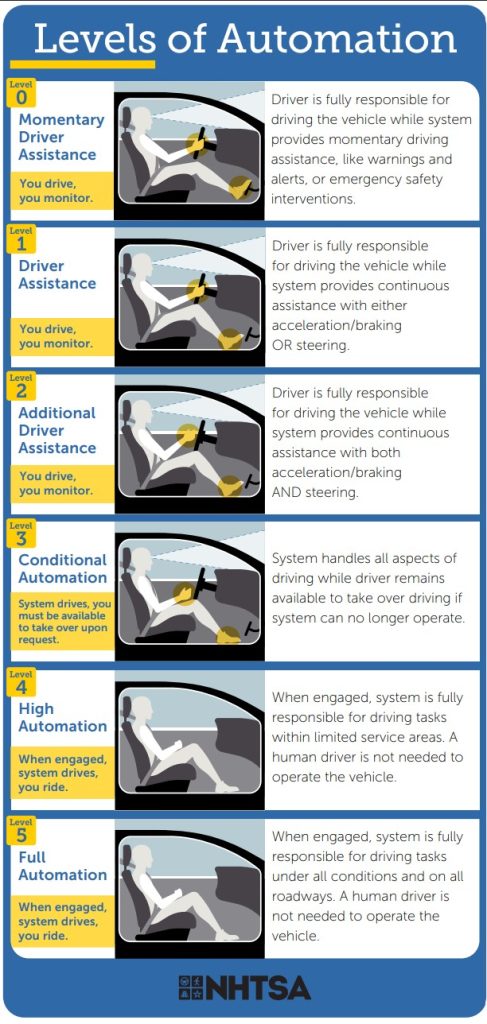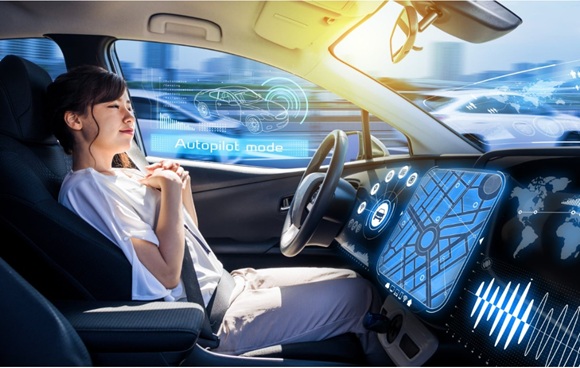NTT Mobility, Inc. formed to ‘drive’ autonomous driving tech
Autonomy is accelerating.
Autonomous database systems are patching and updating without human intervention, autonomous coding tools are surfacing throughout many strains of software application development (with anomaly detection for cyber fraud being one of the most prevalent first application points)… and autonomous autonomic systems are being used throughout the Internet of Things to perform self-healing maintenance in places where humans rarely step.
Then, of course, autonomous vehicles are driving us from A to B and all the way to Z as organisations like Waymo, Tesla, Aurora Innovation, Zoox, Nuro, Cruise and Mobileye join Nissan, Toyota and Honda in the race (pun not intended) to perfect the technologies driving (again, sorry) this industry forward.
A seminal moment, again
This leads us to a somewhat seminal moment in the development of platforms in this space, it’s almost redolent of the age when the USA decided to invest in cars and roads rather than rail to build its transport infrastructure; at the end of World War 1 in line with developments by Henry Ford and federal funding for highways… and then further in 1956 with the Federal-Aid Highway Act of 1956 under President Eisenhower, decisions made at that time have shaped the century that followed.
So then, do we need to step back and consider the underlying substrate that will power autonomous vehicles in the future?
NTT, Inc. may very well think so.
Headquartered in Chiyoda-ku, Tokyo; under the purview of president and CEO Akira Shimada, the organisation will now establish NTT Mobility, Inc. as of December 2025.
The company says its formalisation of a major new corporate division marks its efforts to realise a safer, more secure and sustainable autonomous driving framework and an autonomous driving society. But can the team pull it off?
Society first, for software & services
The move here is “very NTT” of the organisation i.e. its efforts to advance and extend its Innovative Optical Wireless Network (IOWN) initiative are all about building technology, but, primarily and initially, building technology that underpins a sustainable society through the power of innovation in mobile technologies, infrastructure, networks, applications and through consulting.
As an aide-mémoire, IOWN (Innovative Optical and Wireless Network) is an initiative for networks and information processing infrastructure, including terminals that can provide high-speed, high-capacity communication utilising technology focused on optics, as well as tremendous computational resources.
Mobility technology requirements
Aiming to provide us with a deeper layer of technology validation to underpin the work being carried out inside NTT Mobility, Inc, the company says that it has identified widespread recognition of driver shortages as a societal issue.
In the Far East in particular, the amended Japanese Road Traffic Act (enforced in 2023) permits public road operation of Level 4 autonomous driving under specific conditions.
“As of 2025, demonstration experiments are progressing in various locations. Regarding autonomous mobility services, the government’s target aims for its implementation in approximately 50 locations by fiscal year 2025 and over 100 locations by fiscal year 2027, creating a growing momentum for the spread of autonomous driving,” notes the official statement.
Is NTT starting solely in Japan with this initiative then?
Yes, it appears so, but Waymo didn’t start up test operations in Romania rather than in Silicon Valley did it? This is the sort of infrastructural service layer development with accompanying (extremely) complex hardware that is best rolled out on home soil. With some US autonomous specialists planning to launch in London next year, NTT Mobility, Inc. will presumably follow a similar expansion trajectory.
Societal implementation situation
The organisation says that NTT Group companies are using the group’s strengths, such as high-speed highly reliable communication network services and deep local relationships nationwide, to collaborate with stakeholders on numerous demonstrations, aiming for the societal implementation of autonomous driving.
“However, various challenges remain and will need to be addressed for the realisation of autonomous driving in Japan today. These include establishing a system for providing safe and secure autonomous vehicles, achieving nationwide and standardised operations and developing infrastructure adapted to the Japanese road environment. To address these challenges, we will establish a dedicated autonomous driving company that consolidates the expertise and technologies cultivated by the NTT Group to date,” said the company, in a press statement.
In providing autonomous driving services, the organisation says it is “essential” not only to offer autonomous vehicles adapted to various road environments and needs, but also to establish systems for software updates to the autonomous driving system, and for on-site response and repairs in case of malfunctions.
With NTT Group companies serving as the point of contact, the team says it provides a “one-stop service” (pun, presumably not intended) enabling transportation operators and other service providers to utilise autonomous driving services.
Level 4 autonomous driving.
 Furthermore, using the NTT Group’s strengths in communication network services and other areas, the company says it will develop solutions and related services that address the requirements and challenges demanded by Level 4 autonomous driving.
Furthermore, using the NTT Group’s strengths in communication network services and other areas, the company says it will develop solutions and related services that address the requirements and challenges demanded by Level 4 autonomous driving.
NOTE: Level 4 autonomous driving is defined as “high automation” where a vehicle can drive itself in specific, limited areas without a human needing to be alert. This graphic from the National Highways Agency makes the distinction clear.
Standardisation & streamlining
Moving forward, NTT Mobility will collaborate with NTT Group companies to provide services to local communities. NTT Mobility will deliver optimal services tailored to regional needs while promoting the standardisation of operational support, streamlining business processes, and enhancing efficiency. This will establish the framework for offering nationwide one-stop autonomous driving services.
Looking ahead, NTT Mobility promises to deepen collaboration with various stakeholders, including municipalities and transportation operators, to provide the optimal autonomous driving services needed in each region and accelerate efforts toward societal implementation.

Image Credit: NTT Data (automotive)
Future information on this division of NTT will be available here.



